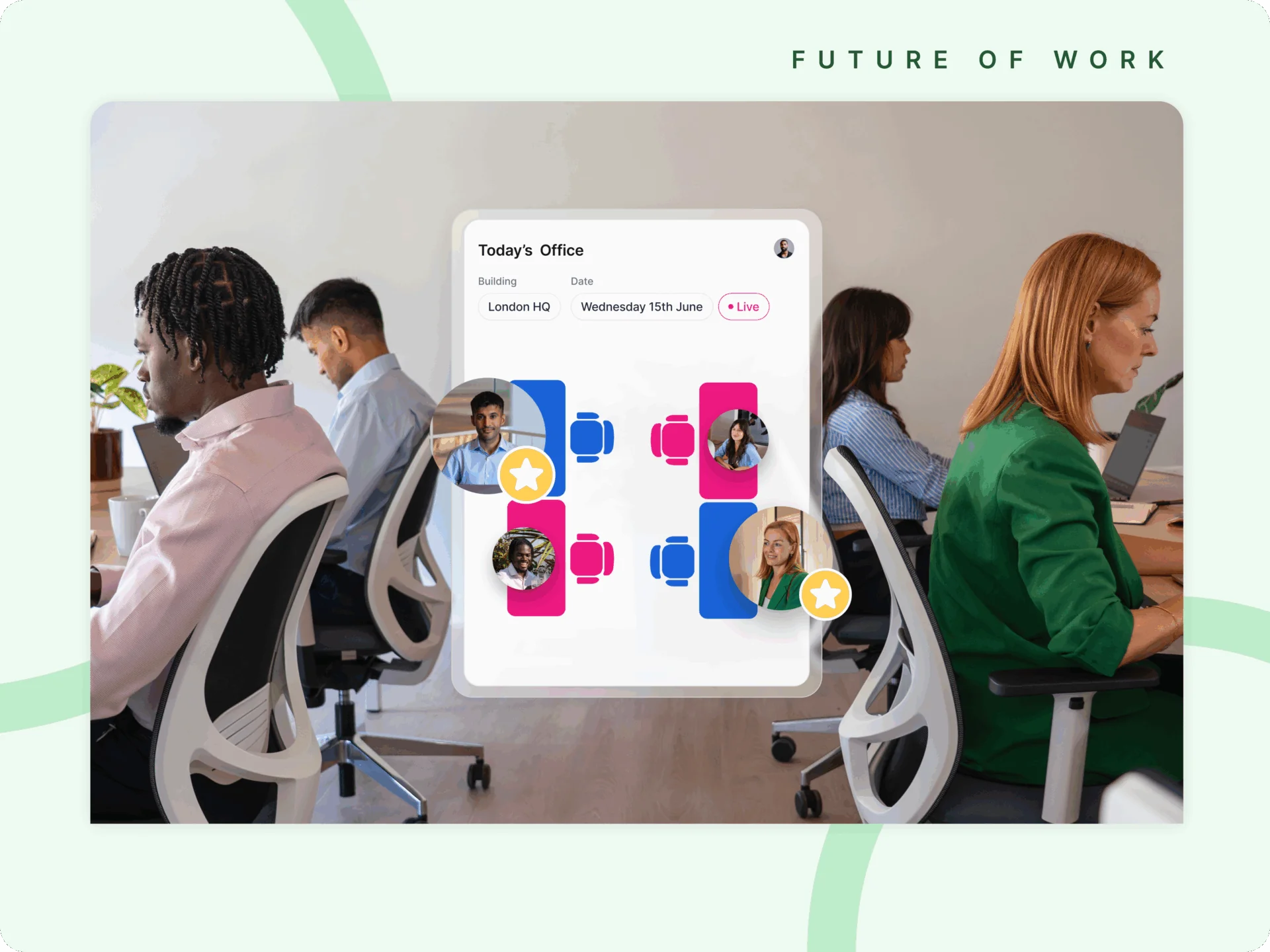San Francisco—a city synonymous with innovation, diversity, and iconic landscapes—has long been a hub for some of the world’s most influential companies. But as we move into 2025, the workplace landscape in this vibrant city is undergoing profound changes. The shift toward hybrid work, the demand for flexible spaces, and a renewed focus on employee well-being are reshaping what it means to work in the heart of the Bay Area.
Reading CoroNet Global’s CoreNews, I was inspired by Melissa Myers, Head of Global Workplace and Safety at Okta, and her reflections in her love letter to San Francisco. What is changing specifically in the Bay Area and what can the rest of the world look to when thinking about the future of work?
The Evolving Definition Of Work
The pandemic was a turning point, forcing businesses to rethink traditional office setups. Today, the concept of a nine-to-five at a fixed desk feels as outdated as dial-up internet. Companies headquartered in San Francisco—whether tech giants or agile startups—have embraced hybrid work models as more than a temporary solution. This shift aligns with the city’s legacy of adaptability and its employees’ call for greater work-life balance.
Businesses now understand that flexibility isn’t just a perk; it’s a competitive advantage. Organizations like Okta exemplify this evolution, where office spaces are being transformed into destinations that foster collaboration and creativity while offering remote work capabilities that keep employees connected regardless of location. At Kadence, we’ve seen firsthand how such models enhance productivity, streamline teamwork, and boost employee morale.
The Role Of Physical Workspaces
Physical workspaces in San Francisco are no longer just functional environments; they’re strategic assets. The new era of office design takes inspiration from the city’s eclectic culture and natural beauty—from lush parks to historical landmarks. This design ethos is embodied by Okta’s “Commons” project, which transformed its 13th floor into a tribute to San Francisco’s unique neighborhoods and spirit.
These thoughtful transformations cater to various work preferences, incorporating everything from collaborative meeting rooms to quiet zones for deep focus. By integrating elements that celebrate the local culture, such workspaces become more than just places to work; they evolve into hubs that foster a sense of community, pride, and belonging.
The Transformative Impact Of AI
San Francisco’s resurgence as a tech hub is not only about redefining workspaces but also about the transformative impact of artificial intelligence. Once considered to be waning in appeal, the city is experiencing a revival driven by a booming AI sector. Companies like OpenAI, Anthropic, and Stability AI are scaling rapidly, reinvigorating the local economy and attracting a highly skilled workforce back to the Bay Area. This surge in AI development has led to a tangible increase in office occupancy and has spurred a new wave of innovation within the tech culture.
Many professionals who left San Francisco during the pandemic, assuming remote work would be a permanent norm, are now returning due to the growing need for in-person collaboration emphasized by leading AI companies. The energy surrounding AI has reignited a sense of purpose in the city’s workspaces, drawing tech talent eager for career growth and proximity to the industry’s forefront. This “AI boom” is not just a technological shift—it’s reshaping the city itself by rejuvenating neighborhoods, supporting local businesses, and transforming office spaces into collaborative environments that fuel innovation.
The resurgence underscores a shifting sentiment: being physically present in a city renowned for idea exchange and collaboration is once again seen as an advantage. AI is playing a pivotal role in fostering a hybrid work culture that marries remote capabilities with the in-person synergy unique to San Francisco.
The Intersection Of Culture And Technology
San Francisco’s workplace culture has always been a confluence of human creativity and technological ingenuity. Today, technology underpins the hybrid work model, enabling seamless communication and collaboration. Platforms like Kadence are bridging the gap between in-office and remote teams, ensuring that work gets done efficiently regardless of physical boundaries.
Advanced scheduling tools, space reservation systems, and data-driven insights are helping companies better manage their hybrid workforce. These tools not only optimize space utilization but also foster a workplace culture that values flexibility and adaptability—a true reflection of San Francisco’s pioneering spirit.
Challenges And Opportunities Ahead
Despite the positive momentum, the journey is not without its challenges. The high cost of living, fluctuating real estate prices, and competition for talent continue to put pressure on employers. Companies must navigate these hurdles while maintaining the benefits of in-person collaboration and remote work flexibility.
However, with challenges come opportunities. The move toward hybrid and flexible work arrangements presents companies with a chance to redefine their value propositions and distinguish themselves as employers of choice. By designing work experiences that prioritize employee well-being, businesses in San Francisco can attract top talent and retain their best people—something critical in the ever-competitive market.
The Road Ahead
As we look to the future, one thing is clear: the state of the workplace in San Francisco is not static. It’s dynamic, constantly adapting to new realities and expectations. Companies that embrace this change, invest in their physical and digital workspaces, and listen to their employees will continue to thrive.
At Kadence, we are committed to helping organizations navigate this landscape. Whether it’s through optimizing office schedules, facilitating team collaboration, or ensuring seamless remote work experiences, we believe that the future of work is about finding the perfect balance—a cadence—that works for everyone.
San Francisco will remain a beacon of innovation, and its workplaces will continue to set the standard for how cities around the world adapt to the ever-changing world of work.




